13 Horse Riding Myths You Should Stop Believing
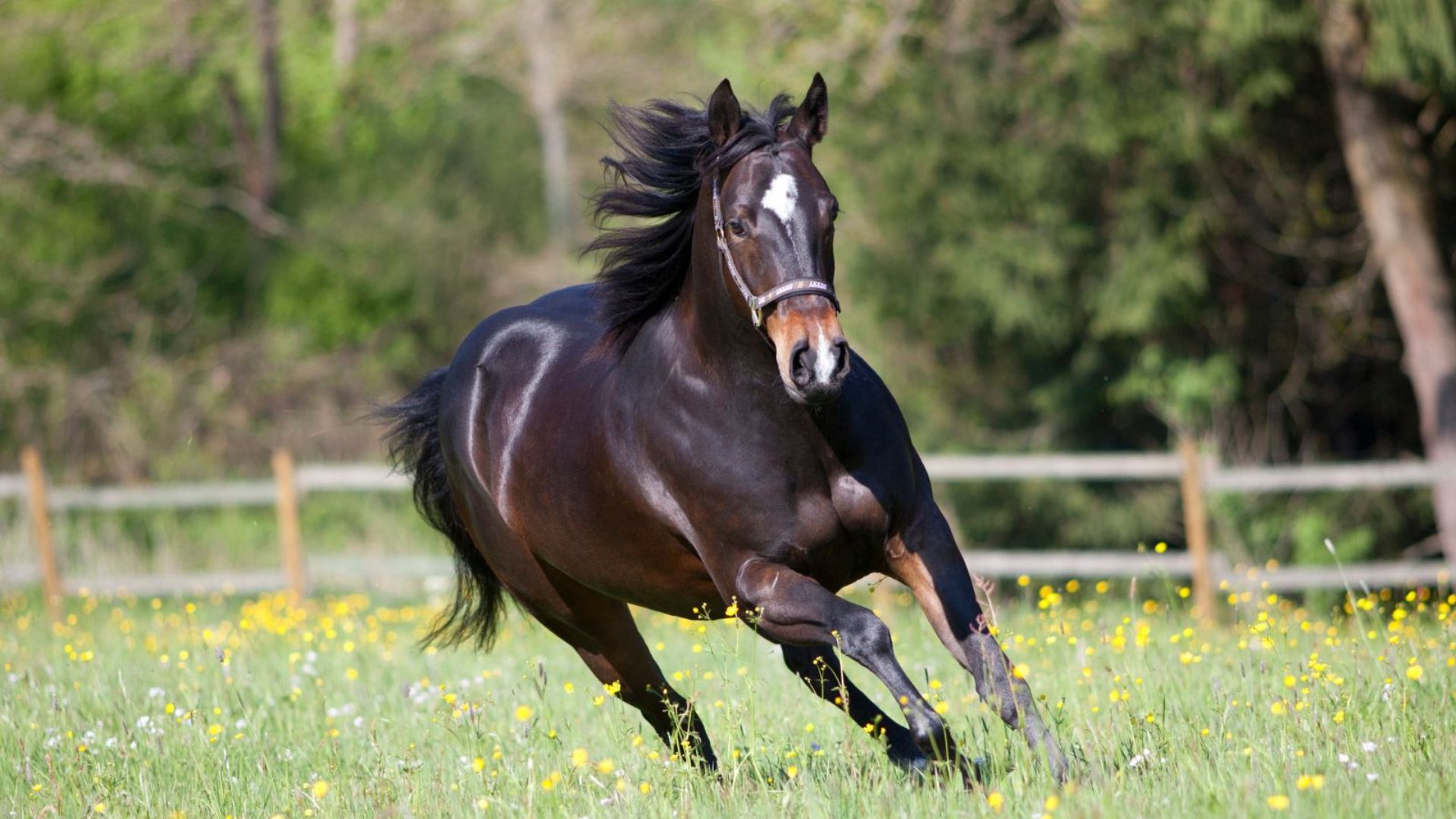
Horse riding is a timeless and elegant activity, cherished by many across the globe. However, like many beloved pastimes, it’s not immune to myths and misconceptions.
These myths, often passed down through generations, can sometimes deter aspiring riders or lead to misunderstandings about the sport.
Let’s saddle up and debunk some of the most common myths, ensuring a clearer path to understanding and enjoying the art of horse riding.
1. Horses Are Born to Be Ridden
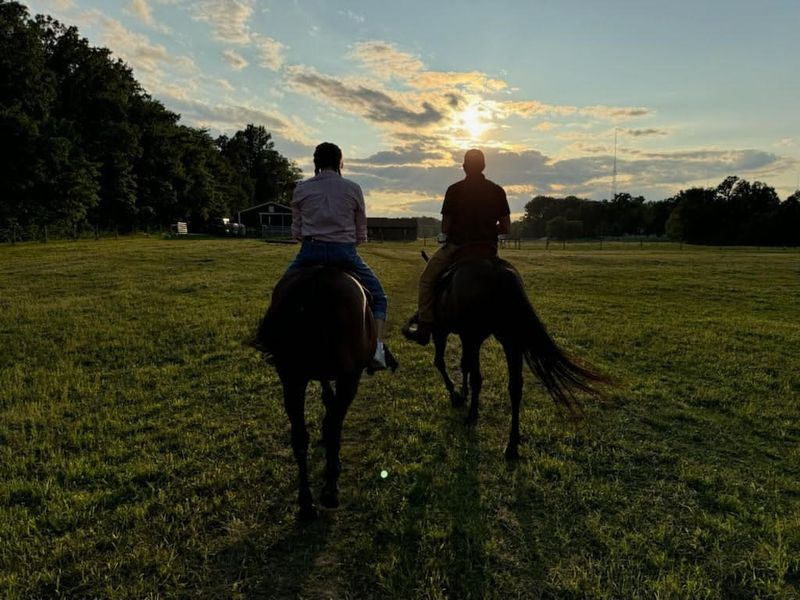
Many people believe that horses are naturally inclined or even desire to be ridden. This notion couldn’t be further from the truth. Horses, like any other animal, are born free and their primary instinct is not to carry humans on their backs.
While domesticated horses have been trained and bred over centuries to enhance traits that make them more amenable to riding, this doesn’t mean they are naturally predisposed to it. Riding, for them, is an acquired skill, not an innate one.
Training a horse to accept a rider involves gradual steps, patience, and a mutual understanding between the horse and the rider. It’s a partnership that develops over time, cementing trust and communication. Therefore, it’s essential for riders to respect this relationship and not assume riding is a horse’s natural calling.
2. Horse Riding Is Easy
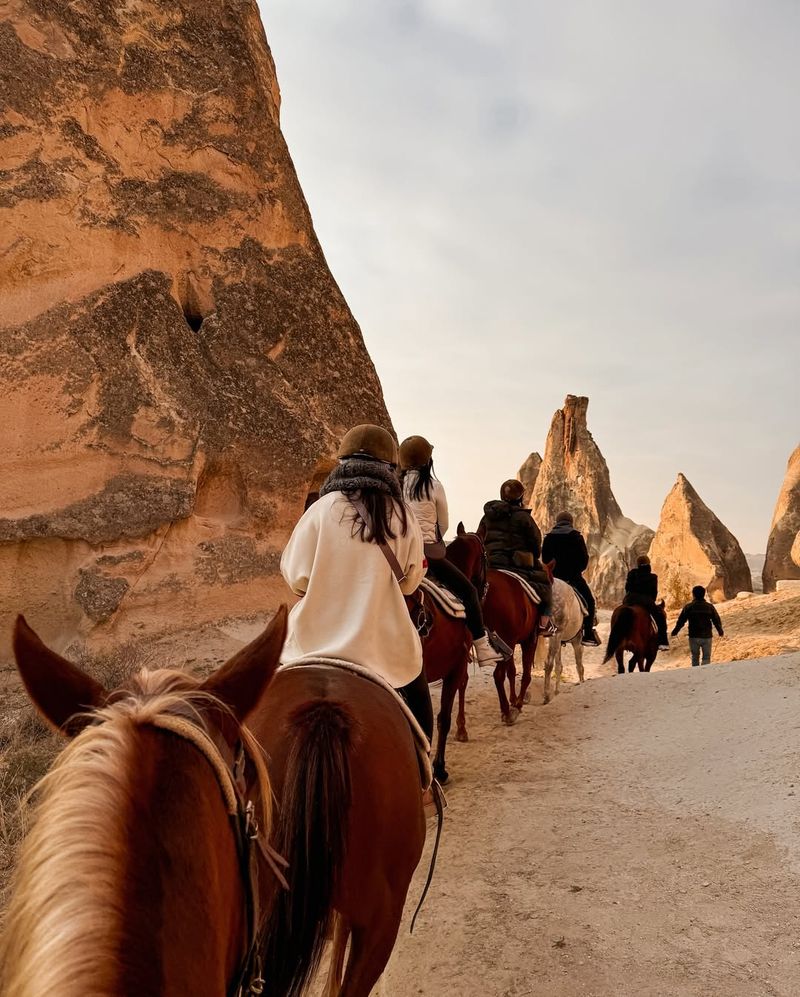
The perception that horse riding is merely sitting on a horse and letting it do all the work is misleading. Riding a horse requires skill, balance, and communication. Beginners often find themselves using muscles they never knew existed.
Riders need to master various cues, commands, and body positions to effectively communicate with the horse. It’s not just about stability; it’s about forming a bond with the horse to move as a cohesive unit.
Although it looks effortless when done right, horse riding demands commitment and practice. Like any sport, it involves its own set of challenges and learning curves. Therefore, those who wish to pursue it should be ready for some initial struggles, but also for the immense joy that comes with mastering the art.
3. Horses Are Dangerous Animals
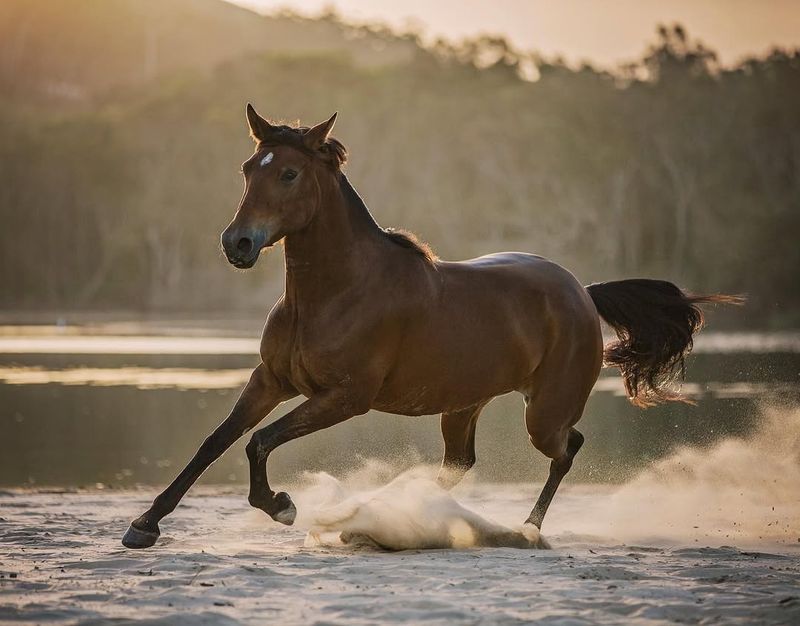
Horses have often been labeled as dangerous animals, but this characterization lacks nuance. It’s true that horses are powerful creatures, and their size can be intimidating. However, like most animals, they tend to act based on how they’re treated.
Horses generally react out of fear or discomfort, not malice. Understanding their behavior is key to preventing accidents. Proper training, respect, and a safe environment can drastically reduce risks.
Many horses are gentle giants, often forming deep bonds with their human counterparts. With appropriate handling and care, the likelihood of danger decreases significantly. Hence, it’s crucial to educate oneself about horse behavior and establish trust, ensuring a pleasant and safe riding experience.
4. All Horses Are the Same
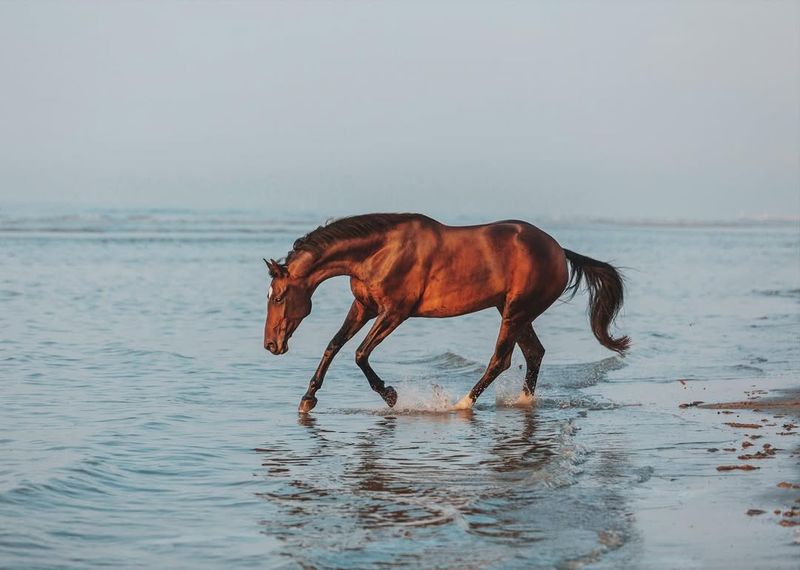
A common misconception is that all horses are alike in temperament and ability. In reality, horses are as diverse as people, each with its unique personality and skillset.
Different breeds have been developed for various purposes. For instance, Thoroughbreds are known for their speed and agility, making them ideal for racing. Draft horses, on the other hand, are strong and sturdy, built for heavy labor.
Even within the same breed, individual horses can vary significantly. Some might be more spirited, while others are calm and laid-back. Recognizing and appreciating these differences is vital for matching riders with the right horses, ensuring compatibility and a harmonious riding experience.
5. You Need to Start Young to Ride
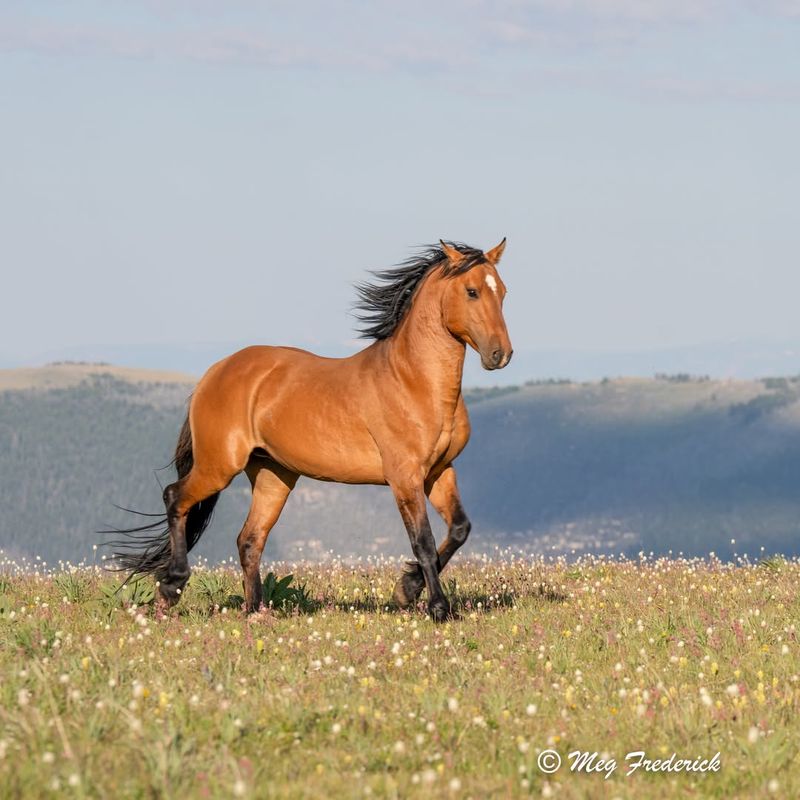
It’s a widespread belief that you need to start young to learn horse riding effectively. While starting at a young age can be advantageous, it’s not a prerequisite for becoming a competent rider.
Many people take up riding later in life and find it to be an incredibly rewarding experience. Riding is about perseverance and passion, not age. Adults often bring more patience and understanding to the learning process, which can be beneficial.
Riding schools cater to beginners of all ages, offering lessons tailored to individual needs and learning paces. Therefore, whether you’re eight or eighty, the world of horse riding can be accessible and enjoyable, proving that age is merely a number when it comes to pursuing your equestrian dreams.
6. You Must Own a Horse to Ride
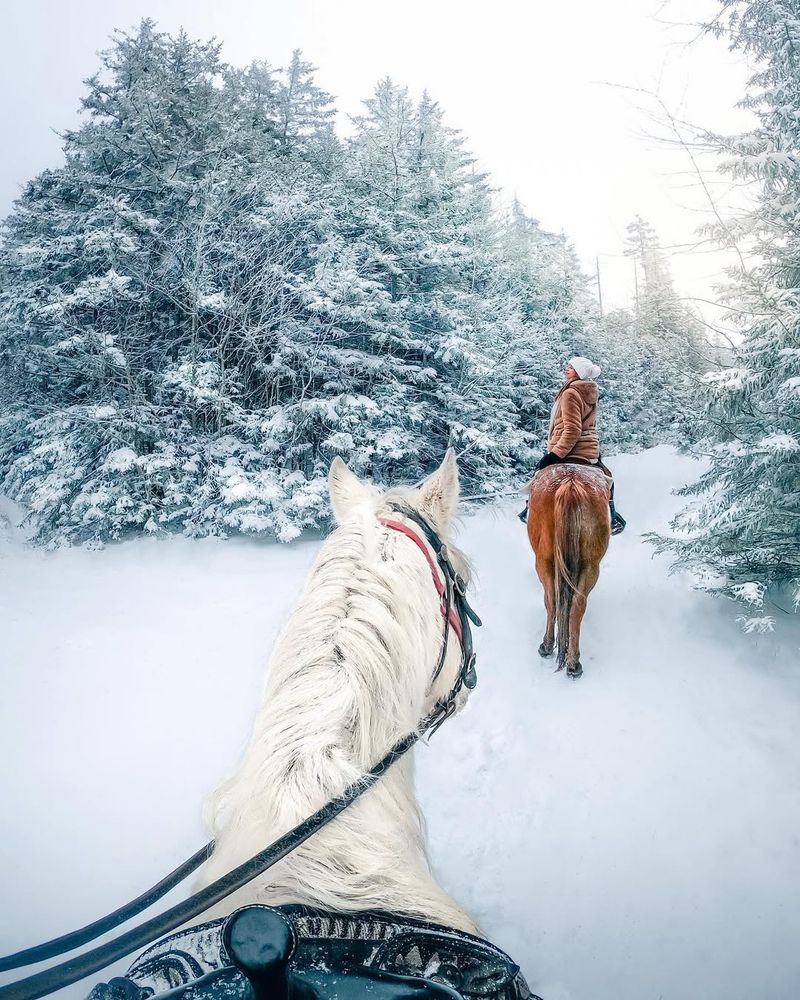
The belief that you must own a horse to enjoy riding is a myth that might deter many from trying out the sport. Owning a horse requires a significant commitment of time, money, and resources, which isn’t feasible for everyone.
Fortunately, there are plenty of riding schools and stables that offer lessons and horse rentals, opening the door for many to experience riding without the long-term commitment.
These facilities provide everything from beginner lessons to advanced training, all while using well-trained horses. Riders can enjoy the benefits of horse riding without the responsibilities of ownership. So, saddle up and enjoy the ride, knowing that renting is a perfectly viable option for equestrian enthusiasts.
7. Horseback Riding Isn’t Exercise
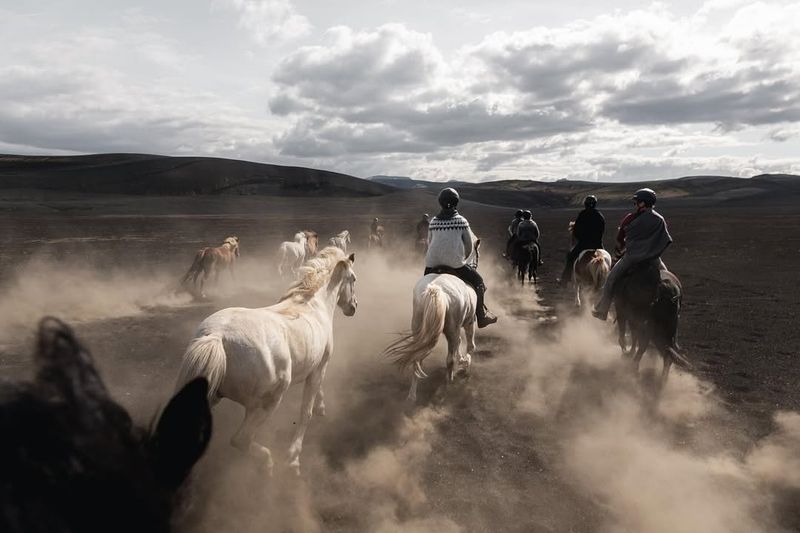
Some mistakenly think that horseback riding doesn’t count as exercise. However, riding engages a wide array of muscles and promotes core strength, balance, and coordination.
Riders often find themselves working muscles they didn’t know they had, particularly in the core and legs. The need to maintain balance and posture while communicating with the horse provides a full-body workout.
Beyond the physical benefits, horse riding also improves mental focus and emotional well-being. It combines physical exertion with skill and strategy, making it a rigorous and rewarding physical activity. Dismissing it as mere recreation overlooks the comprehensive benefits it offers to both body and mind.
8. Horses Don’t Need Shoes
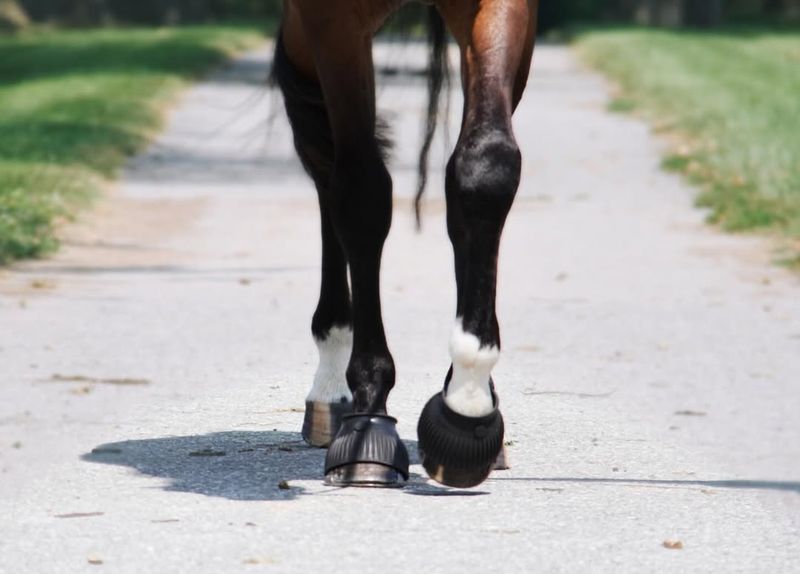
The idea that horses can go without shoes is a debate that rages on. While some horses can indeed thrive barefoot, many need shoes for protection and support, especially those working on hard or rough surfaces.
Horseshoes are designed to protect the hooves from excessive wear, injury, and to provide stability. Much like humans wear shoes for different activities, horses need appropriate shoeing to suit their workload and environment.
A skilled farrier assesses each horse’s individual needs, ensuring that their hooves are cared for and maintained. Understanding the necessity of horseshoes helps in keeping the horse comfortable and healthy, debunking the myth that they are merely ornamental.
9. All Horses Can Jump
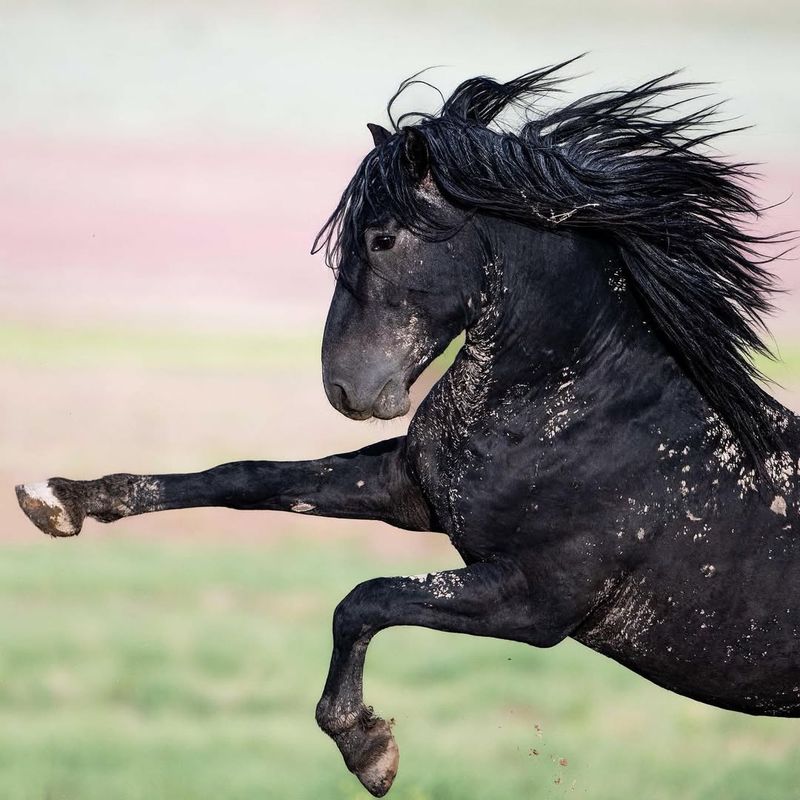
One of the prevalent myths is that all horses can jump, a belief likely sparked by the majestic images of horses soaring over fences. However, not every horse is a natural jumper.
Jumping requires a specific set of skills and physical attributes. While many horses can be trained to jump, not all have the aptitude or the desire for it. Their conformation, temperament, and training play crucial roles in their jumping ability.
Some breeds are more equipped for jumping, like the warmbloods, commonly seen in show jumping arenas. It’s important to recognize each horse’s capabilities and not assume jumping is within every horse’s repertoire. Understanding this helps in setting realistic expectations and cultivating a respectful partnership.
10. Horses Only Eat Hay and Grass
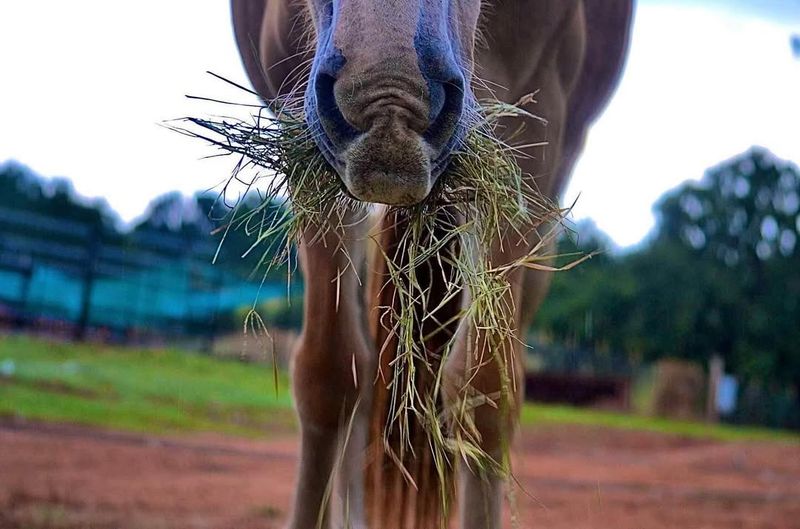
It’s often believed that horses subsist solely on hay and grass, but these majestic creatures require a balanced diet tailored to their activity level and health needs.
While foraging is a significant part of their diet, especially for leisure horses, those in active work might need additional nutrients. These can be provided through grains, commercial feeds, and supplements designed to support their energy and health.
Fresh fruits and vegetables, like carrots and apples, are also enjoyed by horses as treats. Consulting with a veterinarian or equine nutritionist ensures that a horse’s diet is balanced and meets their specific requirements, promoting overall well-being.
11. Horses Sleep Standing Up
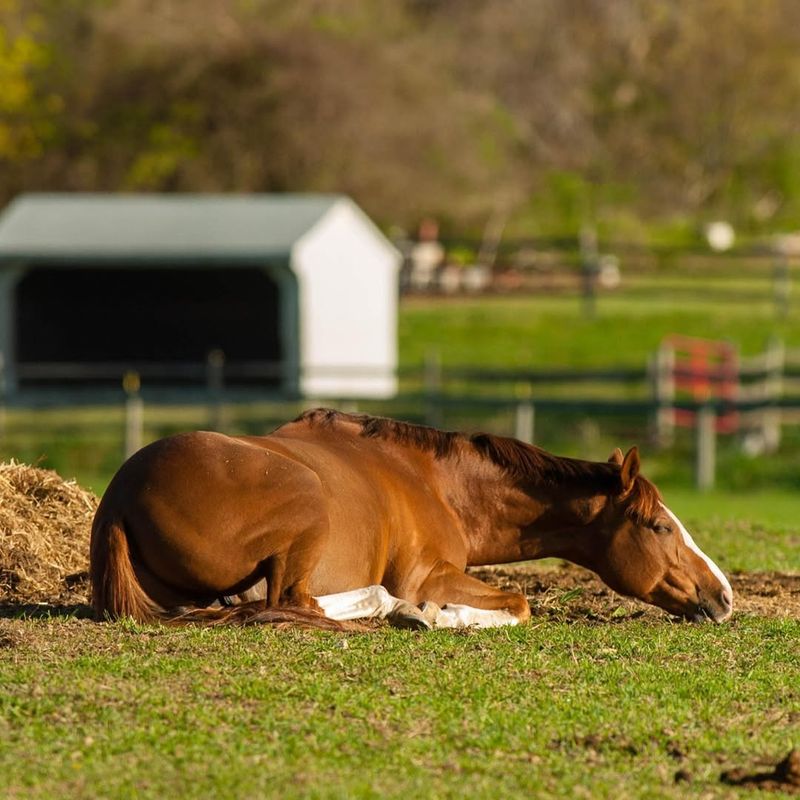
Many assume horses sleep exclusively standing up, but this is only partly true. Horses doze standing thanks to a unique locking mechanism in their legs, but they also need to lie down for deep sleep.
Lying down allows them to enter REM sleep, a restful and restorative stage critical for their health. Horses generally lie down for short periods, as being on the ground for too long can stress their internal organs due to their size.
Observing horses in their natural environments often reveals a mix of standing and lying down rest, illustrating their need for varied sleeping positions. Understanding this aspect of equine behavior helps in providing them with optimal care and comfort.
12. Horses Don’t Show Emotions
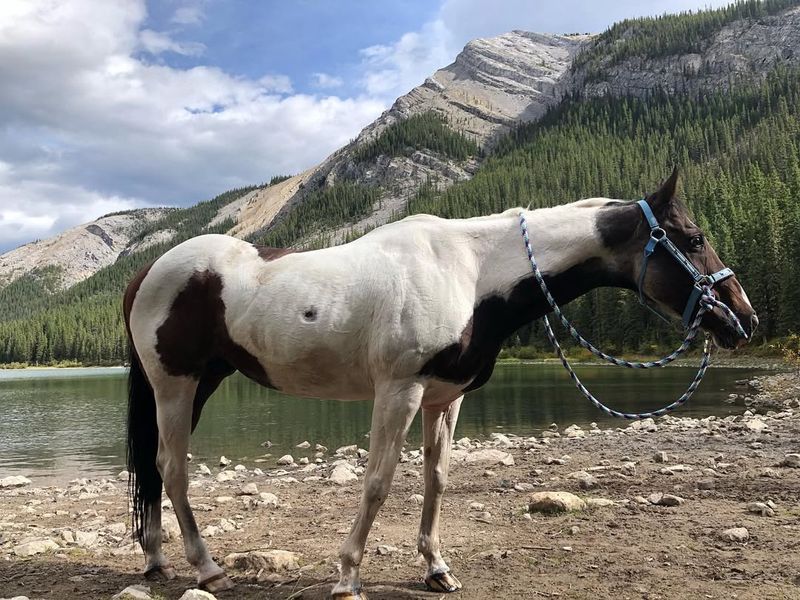
It’s a misconception that horses lack emotional depth. In reality, horses are highly sensitive animals capable of expressing a wide range of emotions. They communicate through body language, vocalizations, and even facial expressions.
Horses can form strong bonds with humans and other animals, displaying affection, trust, and occasionally jealousy. Recognizing their emotional cues helps in fostering a deeper connection and better communication.
Understanding a horse’s emotions plays a crucial role in their training and care. By acknowledging their feelings, riders can respond appropriately, enhancing the human-horse bond and ensuring a harmonious relationship.
13. Horseback Riding Is Only for the Wealthy
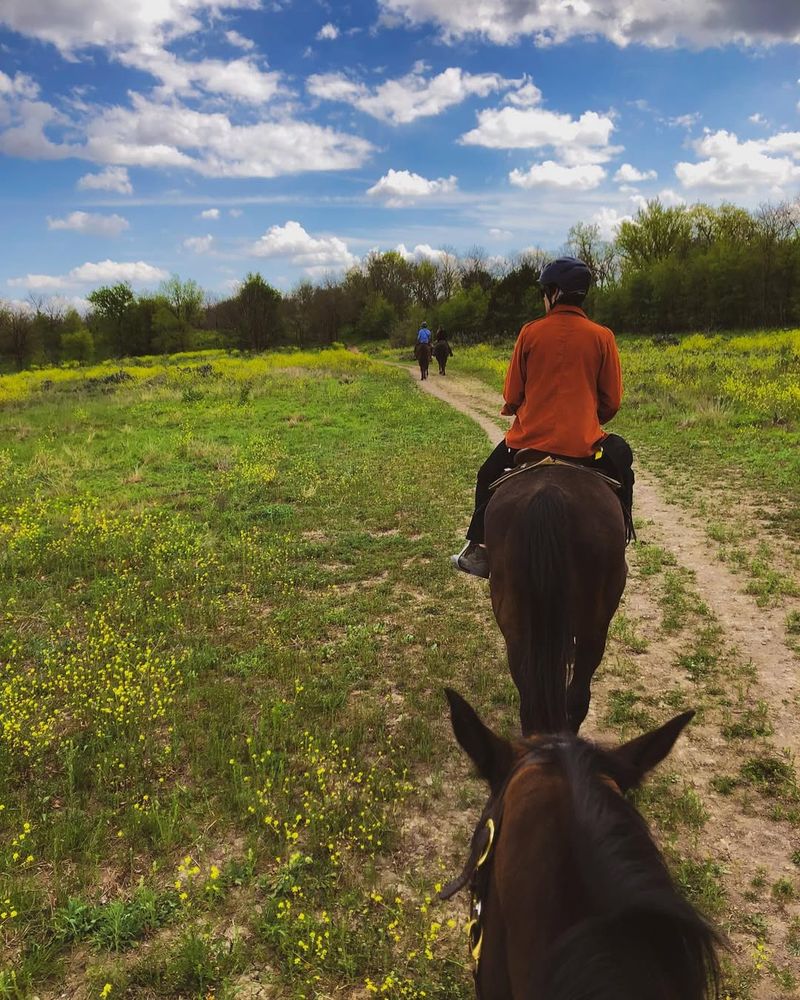
The stereotype that horseback riding is an exclusive pursuit for the wealthy persists, but it doesn’t reflect reality. While owning a horse is a significant financial commitment, riding itself can be affordable.
Many stables and equestrian centers offer lessons at various price points, making it accessible to a broader audience. Programs and clubs often provide opportunities to ride and learn without breaking the bank.
Community and school programs also bring riding to those who might not otherwise have the chance. These initiatives ensure that horse riding can be enjoyed by people from all walks of life, proving that it’s a sport for everyone, not just a privileged few.
